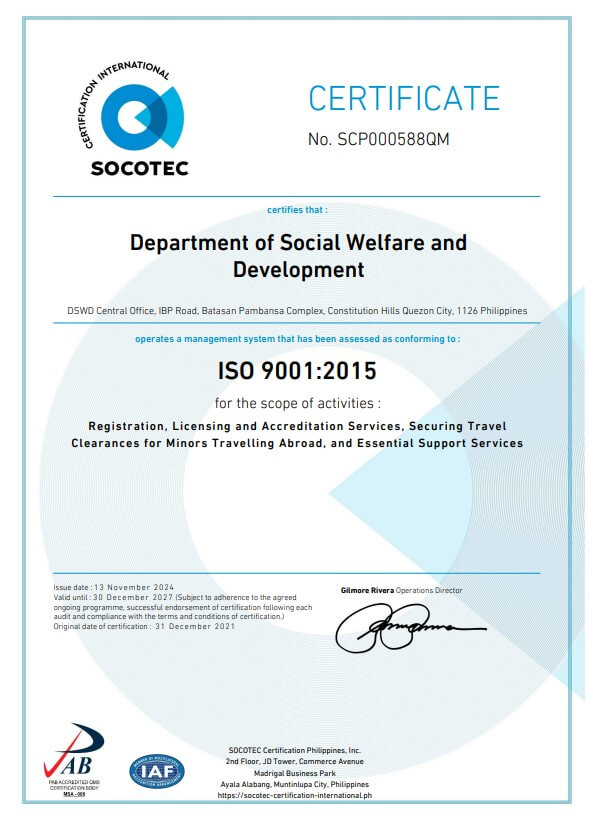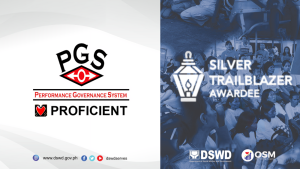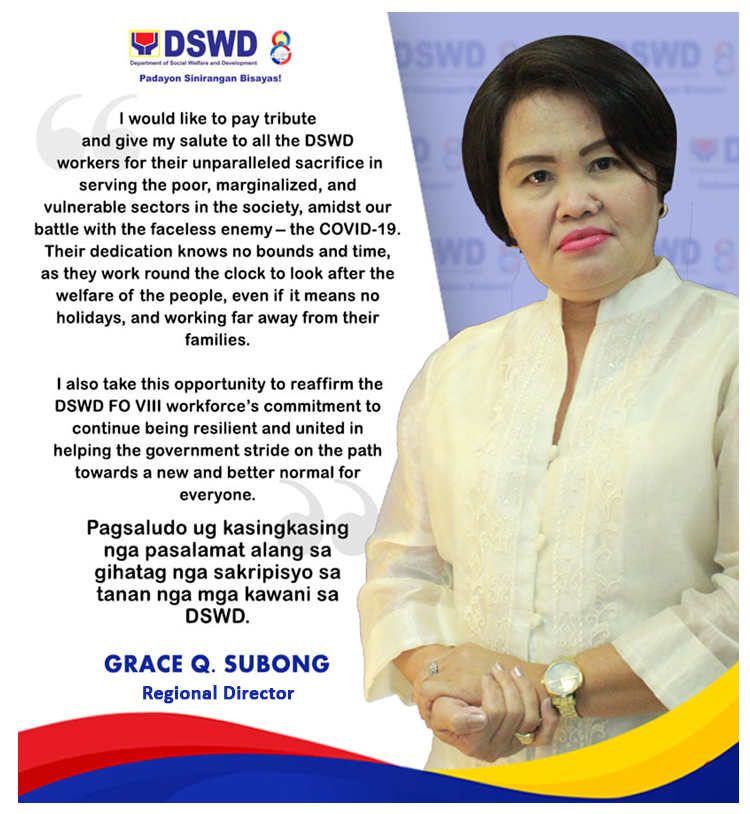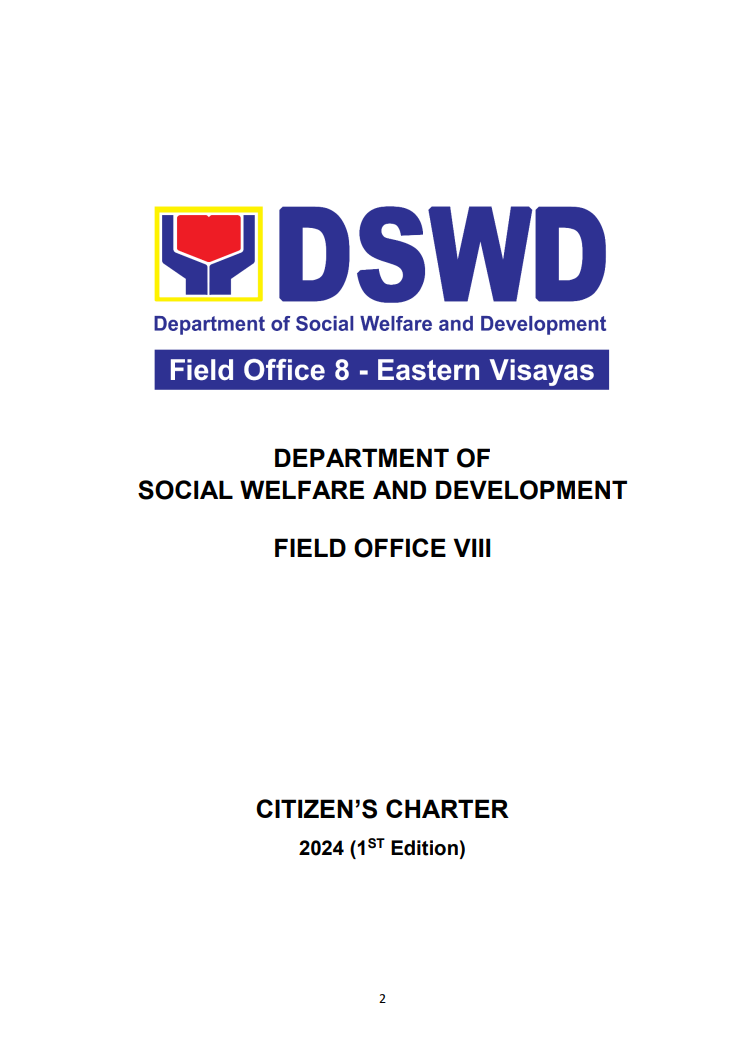Most rural communities still brand women with their stereotyped roles as the homemaker in the family.
With kids to nurture, a house to maintain and a home to sustain, women in most barangays are full-time mothers.
But, right after Kalahi-CIDSS introduced Gender Mainstreaming in community development, women in the villages transformed themselves not just as leaders but as catalysts of change.
It is should be noted that the Gender and Development advocacy of Kalahi-CIDSS as a program paved the way for equal opportunites not just in empowering individuals but through providing them economic possibilities to earn their own money through ‘Women in Paid Labor’ during their community-managed sub-project implementation.
While the program is revolutionizing empowerment through volunteerism, it is astonishing to know that some women are juggling their responsibilities as a commmunity volunteer and a mother at the same time.
One good example is Lerra Dacer, a young mother at 26 from Brgy. Mahagna and one of the new active volunteers during the three-day Participatory Situation Analysis activity for Kalahi-CIDSS Cycle 2 implementation.
Having no one to leave her child since her husband is at work, she would opt to carry her three year-old son just to attend community trainings and workshops instead of making it an excuse that she could not participate.
Lera’s dillema is not a new case. Most mother-volunteers in their village would also tag along their kids while attending Kalahi-CIDSS activities. And, this is always the scenario in most communities. While women volunteers are busy on their workshops, their children are playing on the other side of the training hall under the close supervision of some Kalahi-CIDSS Staff and barangay council members.
Most mothers say it is the Child-Friendly environment in Kalahi-CIDSS activities which encouraged them to participate more even with their ‘Kalahi-Kids’ around. And despite their own personal responsibilities, Lera and other women volunteers still decided to share a portion of their time for community development and believes that whatever efforts they are making today will contribute in creating a much better place to live in for their children in the future. (Melizza Patawe/SMU)








